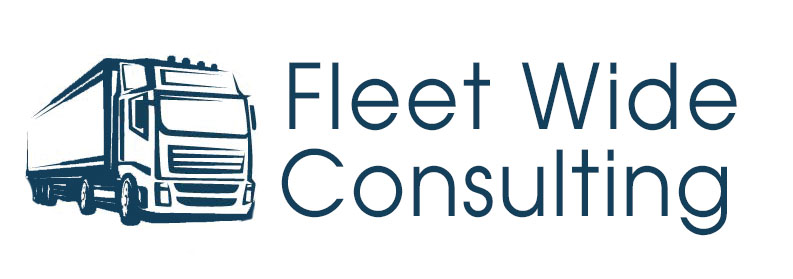New Entrant Safety Audit
Understanding USDOT Compliance
The FMCSA sector of the Department Of Transportation is responsible for the policies that aim to reduce accidents, injuries, and fatalities involving large trucks and commercial motor vehicles. Their primary purpose is to improve the safety of our roadways. One way to explain the significance of these regulations is related to drowsy and fatigued driving prevention. By restricting the drivers to a 14-hour workday & 10-consecutive “off-duty” hours before starting a new shift, drivers are more likely to be well-rested and alert while behind the wheel.
Applying for a New USDOT Number
When businesses apply for a new USDOT number, this confirms that the company will adhere to federal orders. This uniquely assigned number allows FMCSA to monitor a company’s safety records and quickly identify any signs of inadequate safety oversight. In addition, the FMCSA will facilitate a New Entrant Safety Audit within the initial 18-months of your DOT application.
Typically, this is an on-site audit when a certified Federal safety investigator comes to your place of business. The purpose of the visit is to confirm whether a company’s safety measures are satisfactory or not. Be sure to have records and documentation of your company’s statutes readily available. A business must prove their understanding of the federal regulations, so being prepared will make for a more enjoyable experience.
Preparing for the New Entrant Safety Audit
Once your USDOT number is generated, initiating the compliance process as soon as possible is quite essential. Waiting last minute will show disorganization, land you with fines, and possibly force you to restart the entire audit process. This safety audit evaluates four areas of an operation: driver management, vehicle management, general motor carrier responsibilities, and DOT file management.
The most important takeaway from this is to be organized and diligent with your record-keeping. For example, create driver qualification files and don’t forget to document every safety training session (meeting agenda, attendance sheets, and meeting minutes).
Safety Management Planning
Ultimately, the FMCSA is looking for companies to have an effective Safety Management Program. It all starts by establishing benchmarks on fleet performance, building a game plan, and focusing on operational excellence. DOT-Compliance really isn't a "set-it & forget-it" type of compliance.
The companies most successful at crash prevention will focus on continuous improvement.
Every month, they will self-monitor their compliance practices, and rectify procedures that are not in compliance.
If you’d like to take it a step further, we suggest documenting any and all corrective actions taken, including policies implemented to prevent future operational deficiencies.
With a proactive approach to fleet safety, your company will be in it for the long run. Business sustainability is more than just fine avoidance. It promotes employee safety and subsequently, higher levels of employee retention & customer satisfaction.

